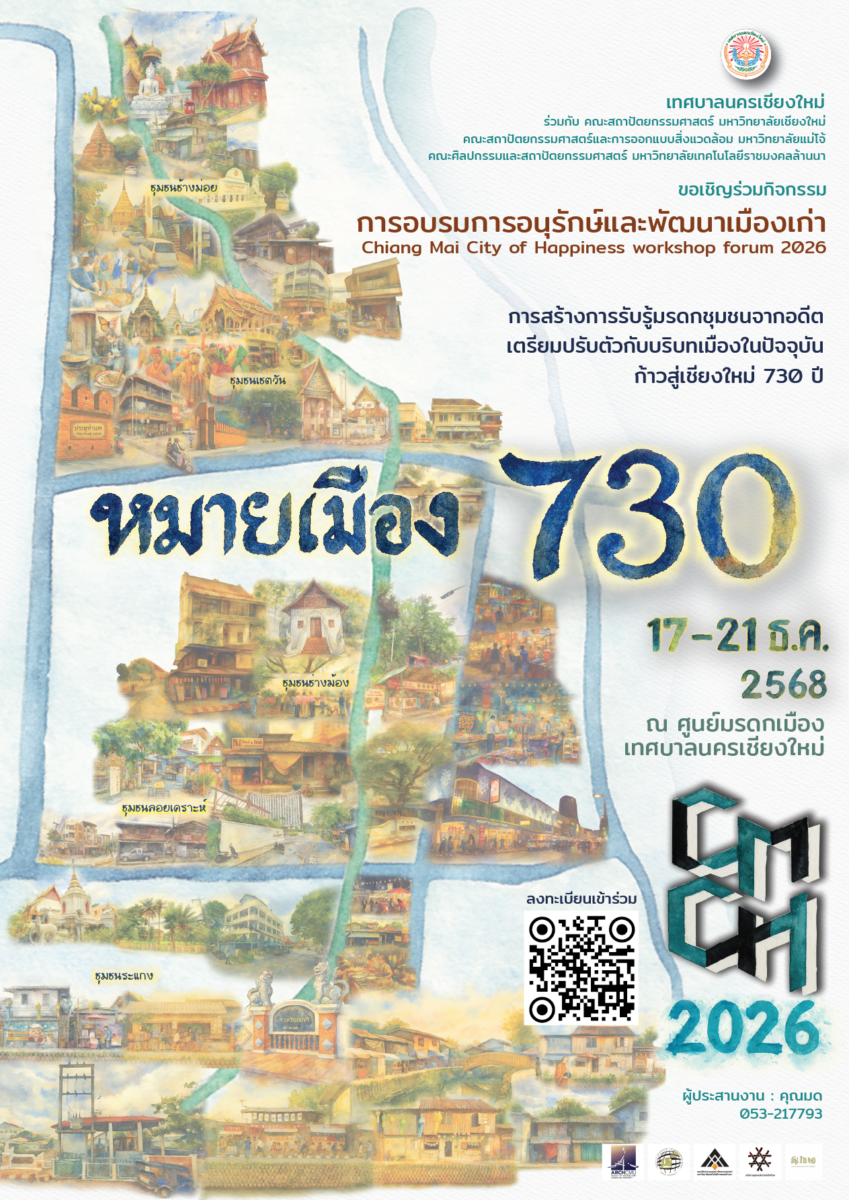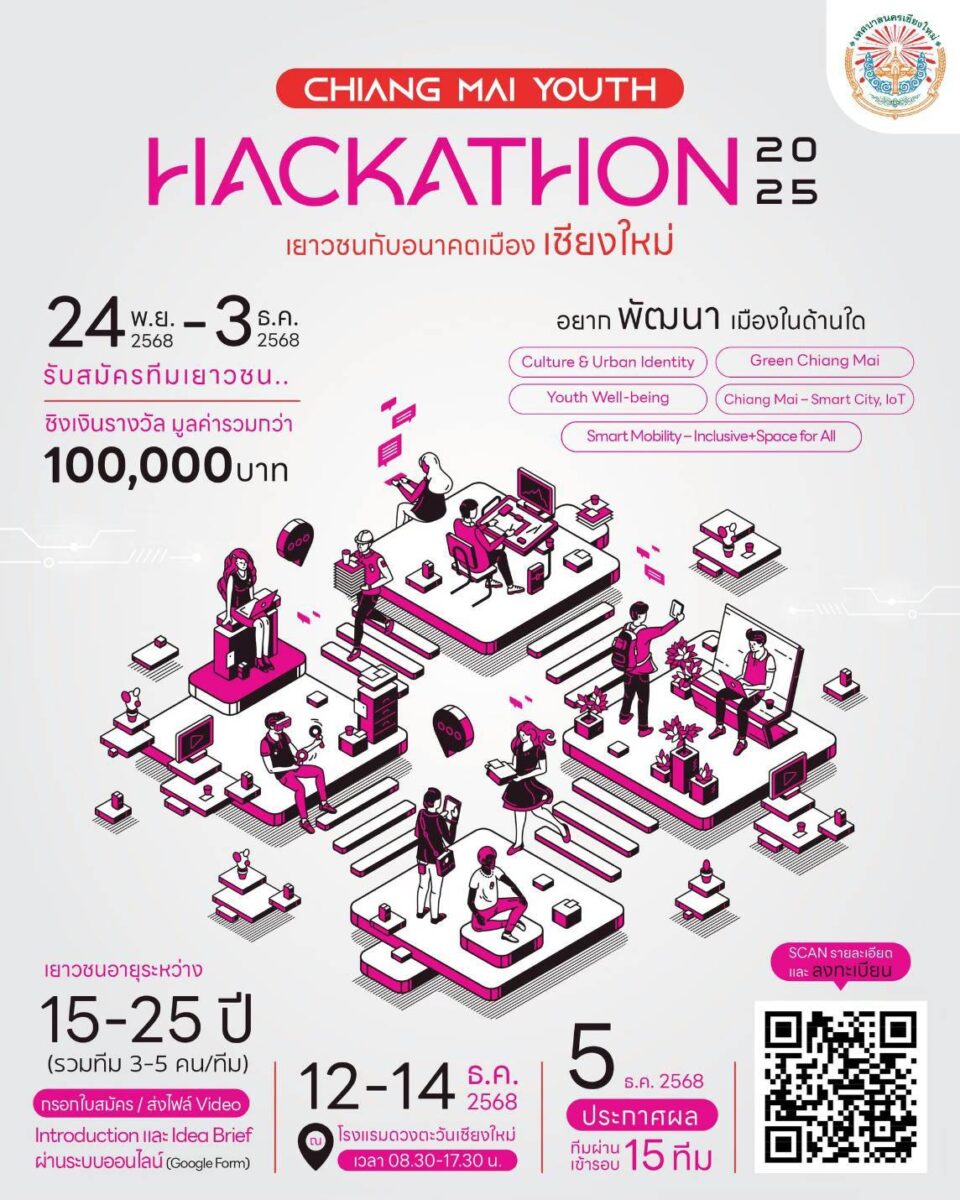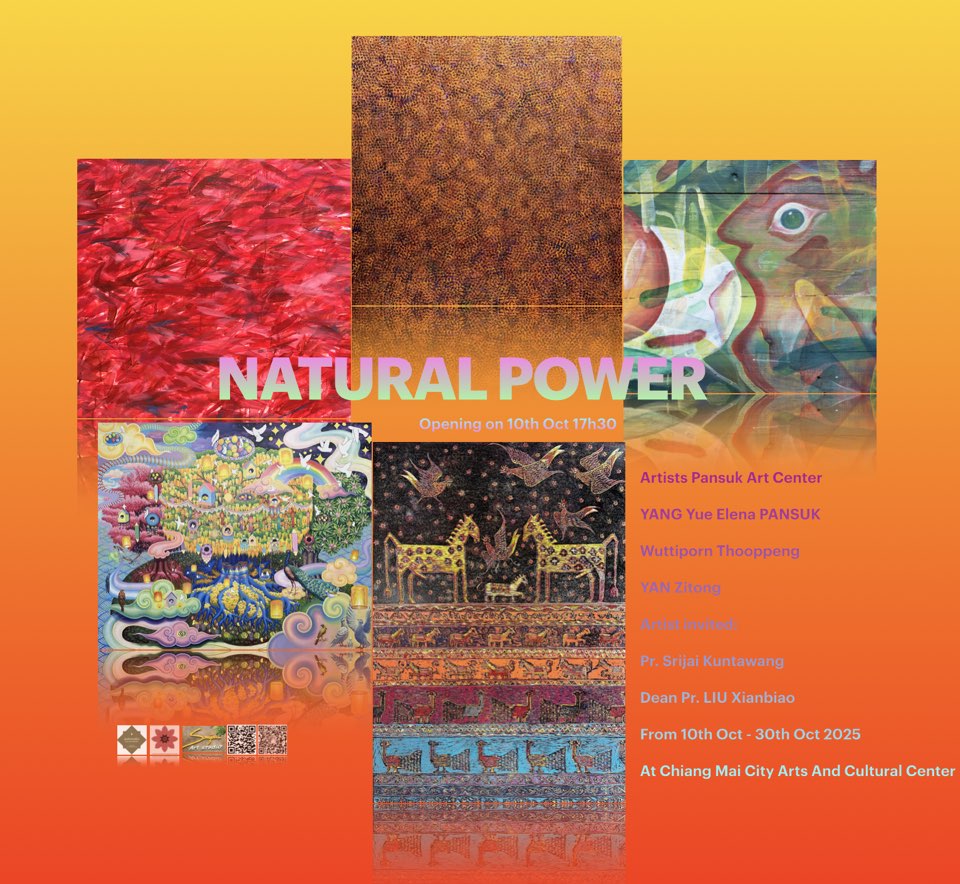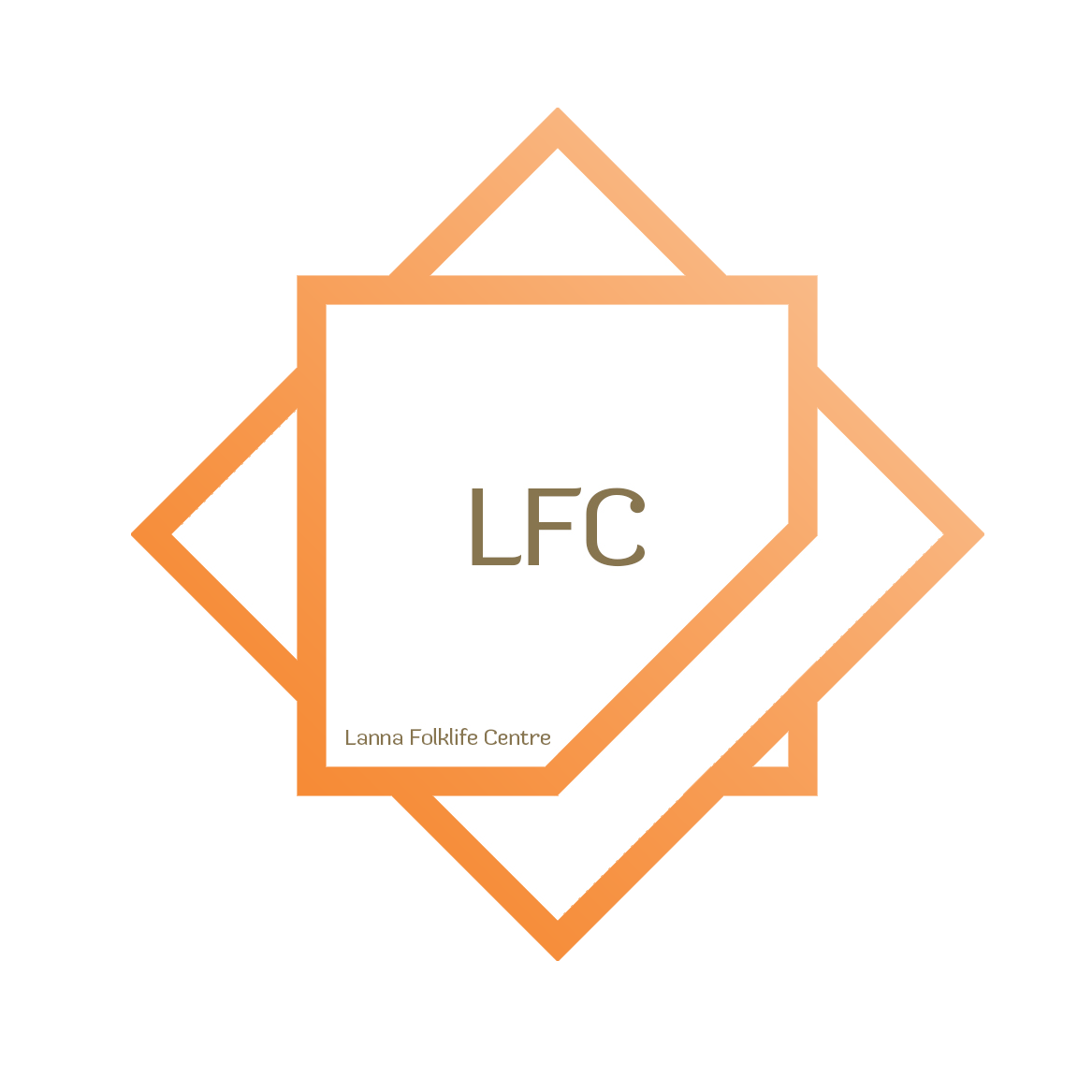Chiang Mai Cultural Centre

Throughout its 17 year history, the Chiang Mai Cultural Centre has served to spread awareness and expand the knowledge of both citizens and visitors alike as to the value of Chiang Mai.
Opening Hours
08.30 - 16.30
Open on Wednesday - Sunday (Including public holidays)
Closed on Monday and Tuesday
Admission Fees
Adult: 90 Baht
Child: 40 Baht
Location
Prapokkloa Rd, Tambon Si Phum, Amphoe Mueang Chiang Mai, Chang Wat Chiang Mai 50200, Thailand
The Chiang Mai Cultural Centre was created to help local people understand the city’s historical importance. It was also created to help them understand their roots and foster a sense of pride in local identity, and thus to help preserve the beauty of local customs and culture. In addition, the centre contributes to conservational tourism by preserving the heritage of the old city centre and giving visitors the opportunnity to know and understand the city of Chiang Mai.
The permanent exhibitons are the matically divided into periods and topics which are shown in 15 rooms. They show the development of the region and the city from pre-history to its rise and decline as an independent capital. The city’s history is illustrated up until present times.
The system of administration, way of life, local wisdom and the culture that have created the city’s proud identity are presented using a variety of media. Model, pictures with text explanations, digital video presentations and graphic displays will impress visitors and graphic displays will impress visitors and help them understand the origins of the city.

Permanent Exhibits
Chiang Mai Today

A digital video presentation presenting "Chiang Mai in the Present Day", an overview of the entire exhibition as an introduction to the interesting culture, traditions and the way of life of Chiang Mai.
Pre-Chaing Mai

The prehistory of Chiang Mai with evidences indicate that people lived in the area of Lanna Kingdom many thousands of years ago. traces of prehistoric civilizations and the settlement of former inhabitants including tools that they used.
Two Sivers Civilization

King Mangrai founded the city of Chiang Rai or Yonok Nakorn as his new capital in the Kok River basin. The decades later, he determined to go further south to conquer the prosperous Mon kingdom of Hariphunchai.
Constructing the City

The founding of Chiang Mai started from looking for "Auspicious Signs" and "Seven Signs of Good Omens".
The city was built according to traditional astrological and religious belief of Trai Phum or the Three Worlds. Unlike earlier settlements of other cities which ware oval, the fortified city was rectangular in shape. almost a square
External Relations

Chiang Mai culture has a positive influence on other cities in the region. Chiang Mai and neighboring regions are culturally similar in Buddhism, food, attire and language.
A century of Chiang Mai

Chiang Mai has changed rapidly in the past century due to the construction of the railway line from Bangkok to Chiang Mai, logging concessions of teak, trading and the change of the administration.
The Best of Chiang Mai

The unique culture, traditions, rituals, arts and crafts as well as traces of settlement and architecture that represent the glory of Chiang Mai City in the past.
The Building History

The history and importance of "Chiang Mai City Arts & Cultural Centre" building.
Dynasty Rulers

Administration under the ruler of Chiang Mai after the Burmese were driven away and King Kawila began to restore Chiang Mai including other important events are shown here.
Life Along The Ping River

Rowing a wooden boat for fishing.... and rice farming along the Ping river banks, this was a typical Lanna Lifestyle in the past .... The importance of the Ping River for the people of Chiang Mai and how they made the banks their home.
Life in the city

Chiang Mai was a melting pot of cultures living together. There were local shops and markets where people enjoy exchanging everyday items.
Buddism

Buddism has been a number of Lanna culture. Vihara (Buddhist monastery) host a number of religious activities and also represents Lanna Buddhist Art.
Traditional of the 12 months

The Twelve Month Traditions are related to supernatural beliefs, ancestors worship, faith in Buddhism and contemporary traditions.
Agriculture Life

Chiang Mai province encompasses both fertile plains along the Ping River and high mountain ranges. The people used local wisdom to manager water resources by building weirs for sharing water fairly.
Life on the hill
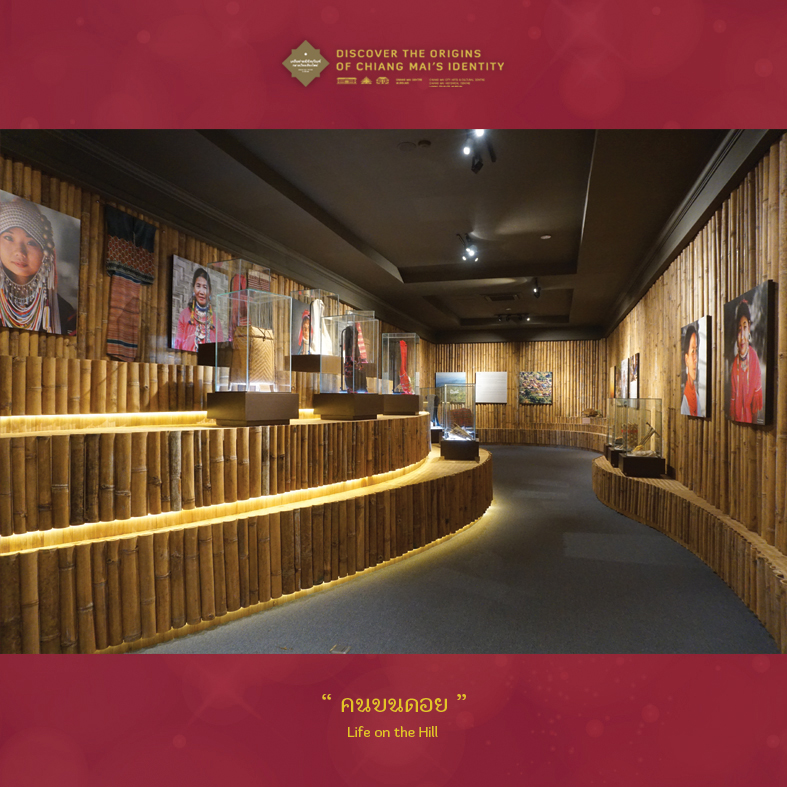
Scattered through the mountains and valleys of Northern Thailand, a home to interesting ethnic minorities with different culture and beliefs from Chiang Mai people who live on lowland but they all depend on each other and live peacefully together creating a rich melting pot of cultures.
What's On
The latest exhibitions & events at the Art & Cultural Centre

 Opening Times / Location
Opening Times / Location


